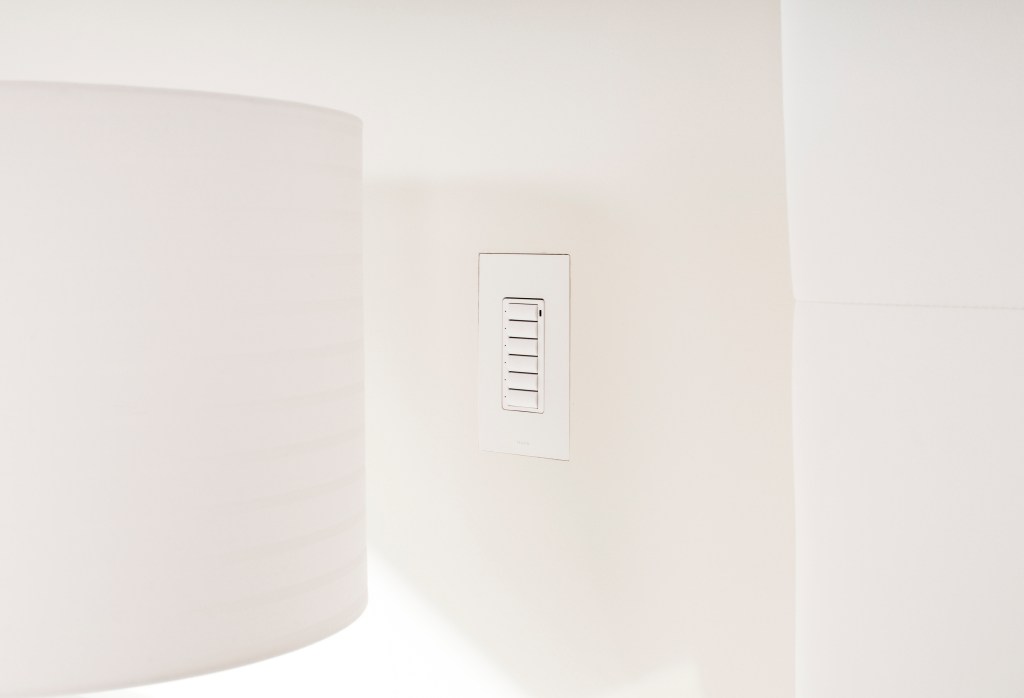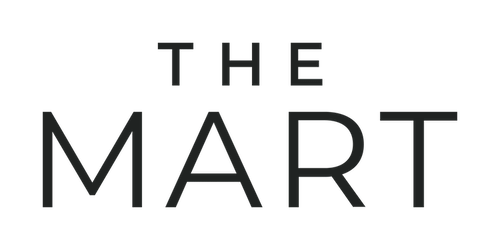Designers often find themselves challenged to integrate technology into their spaces—thinking all the “black boxes” (TVs, touch panels, cable boxes, speaker etc.) will only detract from their vision. However, clients are insisting on ever increasing levels of technology in their home.
So, how can you meet your clients’ desire for increased technology while holding true to the integrity of your design? We asked expert Jason Lehnhardt of Jason Lehnhardt Consulting (JLC) to weigh in.
Architecturally Discreet Devices
There are numerous manufactures in the market today making products specifically designed to reduce, or totally eliminate, the impact of technology on the aesthetic of the built environment. Many speaker manufacturers make high-performance, in-ceiling and in-wall speakers with thin bezels or small aperture openings. Others make “invisible” speakers that can be total hidden behind the drywall. Additionally, several manufactures make special mounting platforms that allow keypads, outlets, and light switches to be completely flush mounted. These mounts can also be integrated into solid surface applications and faux painted, so they become nearly completely hidden. There are also TVs that are designed to look like framed art. These displays have a flat screen coating that makes them almost indistinguishable from custom framed artwork.

Lighting Design and Control
Designers can also use lighting control to enhance the overall design of a space. Proper lighting placement, color temperature, and level control is instrumental in setting the right mood and bringing out the full potential of a design. To this end, proper dimming and the ability to recall preset levels at the touch of a button, is critically important. After all, not many clients are willing to go around and adjust the dimming level of every light in their house every single night. Also, the current trend in lighting is to have more fixtures and more zones. Without lighting controls systems, designers will find more and more switches on the wall interrupting their design vision. A properly designed lighting control system can eliminate those long, grotesque banks of wall switches- replacing them instead with an elegant single gang keypad.

Where to get information?
Integrating technology into your projects is no longer the excruciating process it once was. With proper planning you can confidently bring the cutting-edge technology and home automation desired by your clients into your projects.

To learn how to seamlessly use technology to enhance your designs, consider contacting a technology consultant. A true technology consultant is completely independent and does not sell or install any product. Instead, he or she is there to educate and advocate for the client in coordination with the other design professionals. The consultant can provide you with options from best-in-class products and services from across all manufacturers.
Jason Lehnhardt Consulting (JLC) has been in the technology and home automation business for 20 years. As an independent consultant, JLC’s primary goal is to educate and advocate for their clients so they can make informed, value-based decision on the technology they bring into their projects. To learn more about JLC and to schedule a consultation, visit www.jltechconsulting.com










